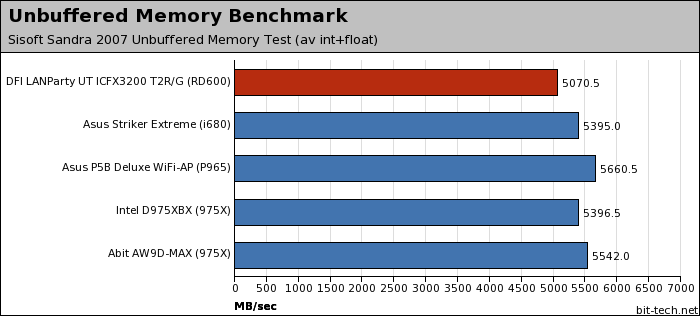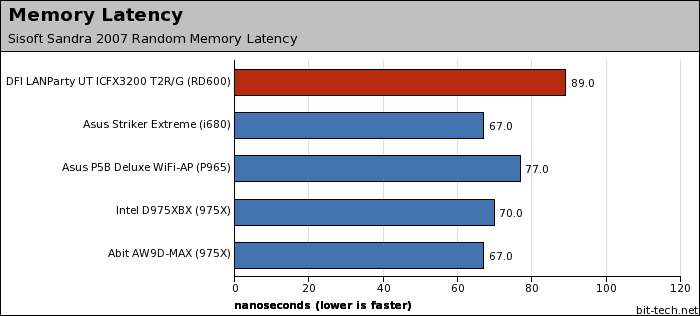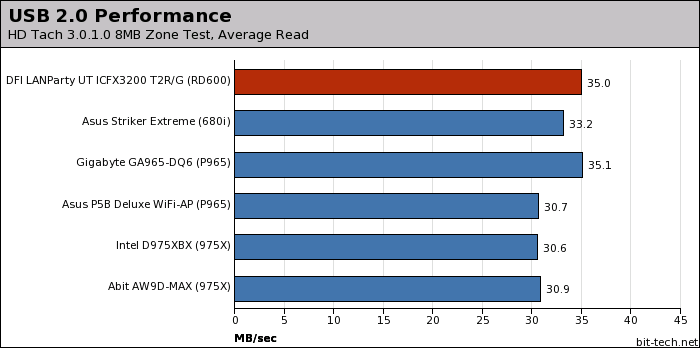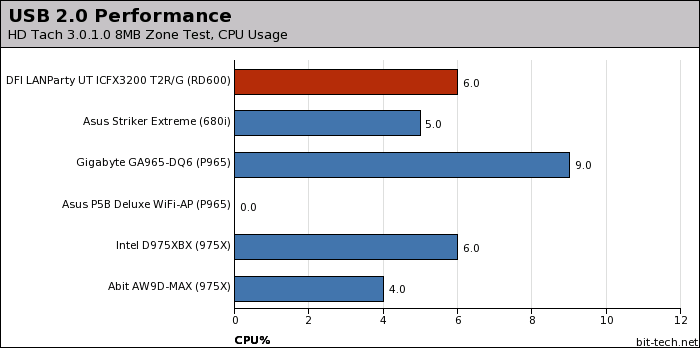Memory Performance Continued


Linked memory buses that run with set ratios allow this to be done easier, but unlinked / asymmetric buses require the core logic to work harder. The difference between NVIDIA's nForce 680i linked and unlinked modes are only about 150MB/s, but the unlinked mode doesn't make both buses truly independent like on the ATI RD600.
Disk Performance:
The USB 2.0 tests were done using an ATA133 160GB Maxtor DiamondMax 10 hard drive (model number: 6L160PO) using HDTach's 8MB zone test enclosed in an Icy Box USB 2.0 hard drive caddy. We recorded the average read speeds in all cases.


MSI MPG Velox 100R Chassis Review
October 14 2021 | 15:04









Want to comment? Please log in.